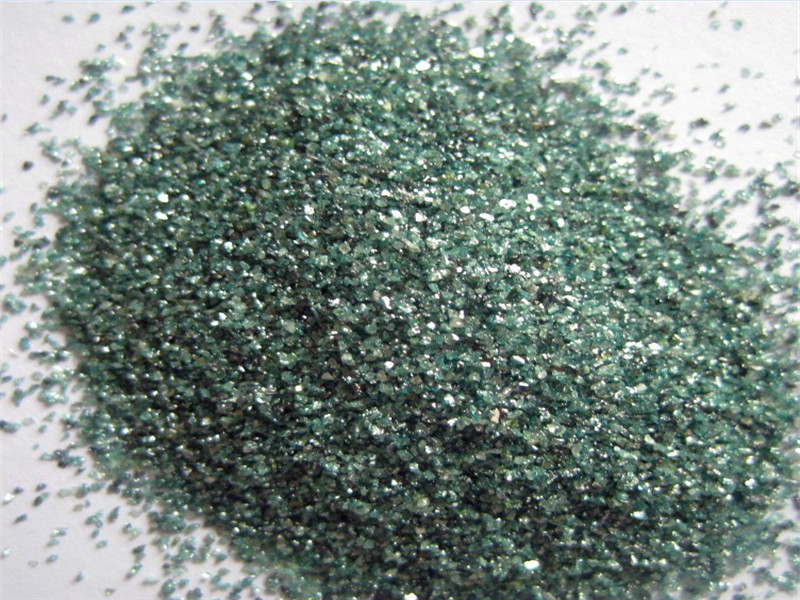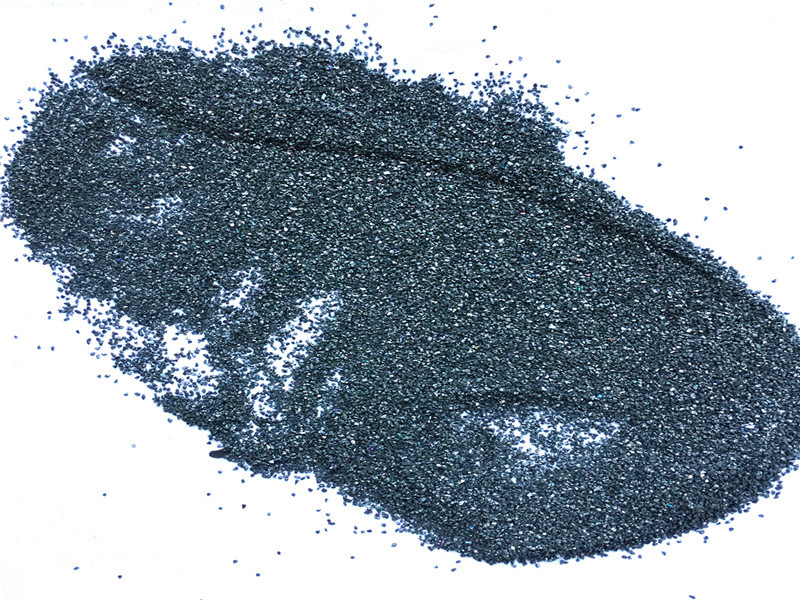Application of Silicon Carbide SiC in Ceramics
Silicon carbide SiC includes green silicon carbide SiC and black silicon carbide SiC.
Black Silicon carbide SiC

The application of Silicon Carbide (SiC) in the ceramics field has diversified due to its unique physical and chemical properties, mainly covering the following directions:
1. Structural material manufacturing
Wear-resistant parts
The high hardness (Mohs hardness 9.2-9.5) and excellent mechanical strength of Silicon Carbide SiC ceramics make them widely used in wear-resistant parts such as sealing rings, sliding bearings and bulletproof plates, which can withstand friction and impact under extreme working conditions.
High-temperature bearing parts
In the aerospace field, Silicon Carbide SiC ceramics are used to manufacture gas turbine blades, engine hot end parts, etc. Its high temperature resistance (melting point 2700°C) and thermal shock resistance (low thermal expansion coefficient) ensure structural stability under extreme temperatures.
2. High-temperature industrial applications
Kiln lining and refractory materials
Silicon Carbide ceramics, as kiln tools, refractory bricks or coating materials, can reduce heat loss in high-temperature kilns and extend their service life. They are suitable for high-temperature processes such as ceramic sintering and metal smelting.
High-temperature heating elements
Indirect heating equipment used for non-ferrous metal smelting, such as vertical tank furnaces and aluminum electrolytic cell linings, its high thermal conductivity and corrosion resistance improve energy efficiency.
3. Functional ceramic development
Ceramic membrane separation technology
SiC ceramic membranes, due to their chemical inertness and corrosion resistance, perform well in industrial scenarios such as high-temperature gas separation and corrosive fluid filtration, such as strong acid and alkali medium treatment in the chemical industry.
Electronic and energy materials
As catalyst carriers or semiconductor device substrates, silicon carbide ceramics improve equipment performance and reduce energy consumption in power devices, lithium battery negative electrode binders and other fields.
4. Processing technology improvement
Grinding and polishing
Silicon carbide abrasives are used for ceramic surface finishing with high cutting efficiency, which can quickly remove material defects and achieve high-precision polishing, improving product finish.
Sintering process optimization
Pressureless sintering technology (S-SiC) prepares complex-shaped ceramic parts through liquid or solid phase sintering, which is both high-density and cost-effective and suitable for mass production.
5. Energy saving and environmental protection
Energy efficiency improvement
The thermal conductivity of silicon carbide ceramics can optimize kiln design, reduce heat loss, and reduce production energy consumption.
Environmentally friendly material substitution
As a deoxidizer or corrosion-resistant coating, it reduces the emission of harmful substances in chemical processes and promotes green manufacturing.
The application of silicon carbide ceramics is expanding from traditional industries to high-tech fields such as new energy and semiconductors. Its performance advantages and process innovations continue to promote the transformation and upgrading of the ceramic industry.

